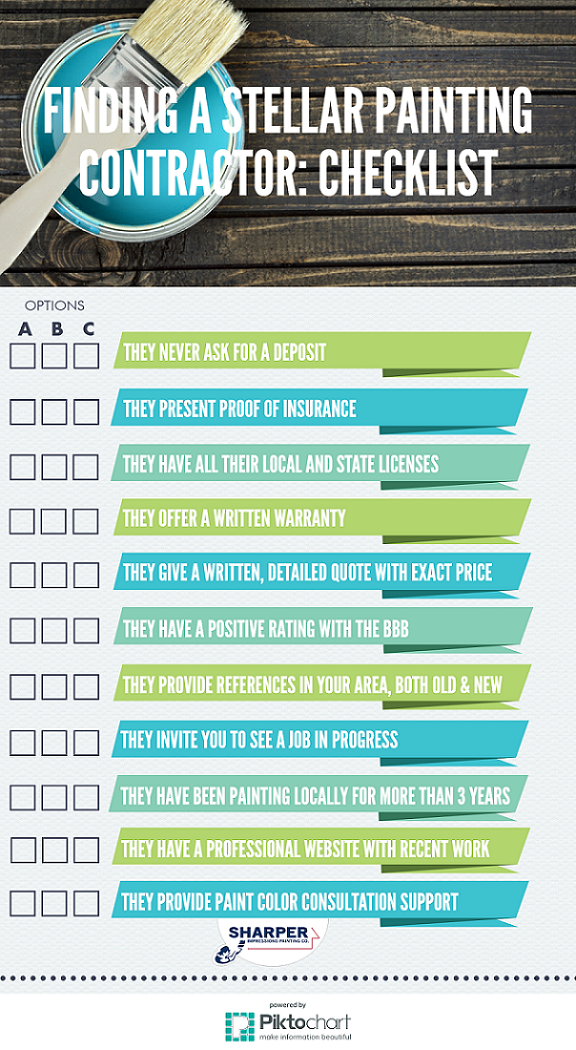Elements To Think About For Industrial Outside Paint By Season: Necessary Information You Need To Have
Elements To Think About For Industrial Outside Paint By Season: Necessary Information You Need To Have
Blog Article
Material Writer-Aguilar Bagger
When you're preparing an industrial outside painting project, seasonal variables can make or damage your outcomes. pop over to this website 'll intend to think about exactly how temperature and moisture impact paint application and drying out times. Selecting the right season can ensure your paint adheres appropriately and lasts longer. However which seasons are genuinely the best for this sort of work? Let's discover the key elements that can affect your project's success.
The Impact of Temperature on Paint Application
When you're preparing an industrial outside painting job, the temperature level can significantly impact how well the paint sticks and dries.
Ideally, you want to paint when temperature levels range between 50 ° F and 85 ° F. If it's as well cool, the paint may not heal correctly, bring about problems like peeling off or cracking.
On the other hand, if it's also hot, the paint can dry out too swiftly, protecting against proper adhesion and causing an unequal finish.
You ought to additionally think about the moment of day; morning or late afternoon provides cooler temperature levels, which can be much more favorable.
Constantly inspect exterior painting hobart for the certain paint you're using, as they often offer advice on the suitable temperature level range for optimum outcomes.
Humidity and Its Result on Drying Times
Temperature level isn't the only environmental element that influences your commercial external paint task; moisture plays a considerable function as well. High moisture levels can reduce drying out times significantly, affecting the general quality of your paint job.
When the air is filled with wetness, the paint takes longer to heal, which can cause concerns like bad bond and a higher risk of mold development. If you're painting on a particularly damp day, be gotten ready for prolonged wait times in between layers.
It's crucial to keep an eye on local weather conditions and strategy appropriately. Ideally, aim for moisture degrees between 40% and 70% for ideal drying.
Keeping Suggested Site consider mind ensures your task remains on track and provides a long lasting finish.
Best Seasons for Commercial Outside Painting Projects
What's the most effective season for your industrial exterior painting jobs?
Springtime and very early loss are generally your best options. During these periods, temperature levels are moderate, and humidity levels are often lower, producing optimal problems for paint application and drying out.
Stay clear of summer's intense heat, which can trigger paint to dry too rapidly, resulting in inadequate attachment and coating. Likewise, winter months's chilly temperatures can prevent proper drying out and curing, taking the chance of the long life of your paint task.
Go for days with temperature levels in between 50 ° F and 85 ° F for ideal results. Bear in mind to inspect the local weather report for rainfall, as wet conditions can destroy your task.
Planning around these aspects guarantees your paint job runs efficiently and lasts much longer.
Final thought
In conclusion, preparing your industrial external paint tasks around seasonal considerations can make a substantial difference in the outcome. By organizing job throughout the optimal temperatures and moisture levels, you'll ensure far better attachment and drying out times. Keep in mind to watch on neighborhood weather report and select the right time of year-- spring and early loss are your best bets. Taking these actions will certainly assist you achieve a durable and specialist coating that lasts.
